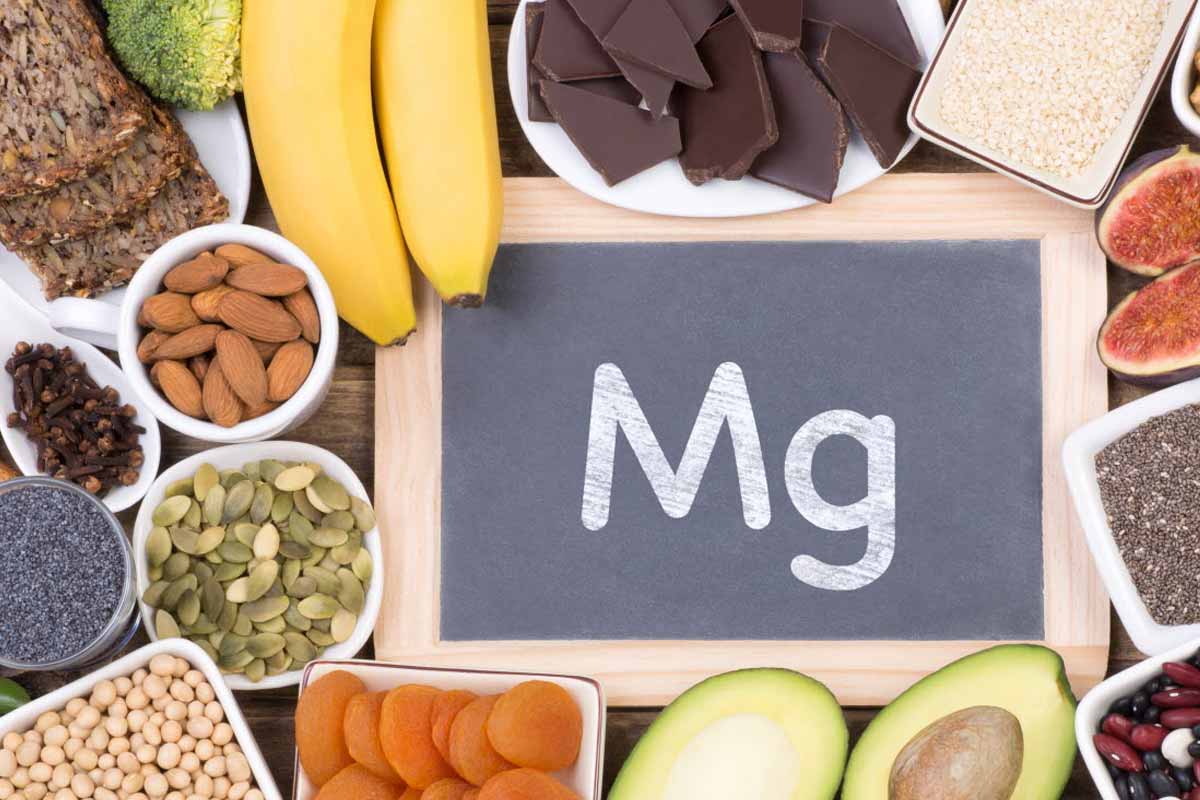Sleep should feel simple, yet some nights your brain hums like a fridge. You scroll, you sigh, morning hits hard. Food won’t fix everything, but it can help. One small shift makes a quiet difference. More magnesium from everyday meals. This mineral calms nerves, supports muscles, and keeps your body clock steady. No powders required. Just these few everyday foods will help you stay in top shape. Keep it easy. Add one thing today, and let restful nights build from there.
Why magnesium matters across body and mind
It supports more than 300 reactions that keep life running. Think nerve signaling, steady blood pressure, protein building, and immune defense. Athletes know the relief of Epsom salt baths after hard sessions. Every cell uses magnesium daily, and shortages ripple fast.
Our bodies cannot manufacture it, notes dietitian Paul Kriegler of Life Time. We must bring it in, meal by meal. National health data show nearly half of U.S. adults fall short. The NIH suggests 400–420 milligrams for most men, with women close behind. With magnesium on board, cells handle stress and repair without as much strain.
Food first beats pills because you gain :
- fiber,
- polyphenols,
- vitamins,
- healthy fats.
That synergy supports absorption and balance. Supplements still have a role, yet they cannot replace a varied pattern of :
- seeds,
- greens,
- whole grains,
- beans,
- cocoa.
Build a baseline with food; refine with guidance if needed.
How this mineral steadies mood and stress
Dietitian Mckenzie Dryden highlights serotonin support as a key pathway. Serotonin helps regulate anxiety and low mood. And magnesium participates in its production. It also influences glutamate and GABA, two messengers that calm the system when balanced. With better neurotransmitter tone, tension eases.
There is more: it can lower cortisol, the stress hormone that keeps minds wired. Registered dietitian Serena Pratt adds that GABA works with the mineral to dampen fight-or-flight signals. Kriegler explains it helps the body settle into “rest and digest,” so triggers feel less sharp.
For seasonal mood dips, no single fix exists. However, vitamin D sufficiency matters, and this mineral aids D’s activation and use. When daylight wanes, pairing a D plan with mineral-rich foods helps. It will not replace therapy or sunlight, though it can nudge the baseline in the right direction.
Sleep pathways where magnesium quietly supports rest
A major review did not prove direct sleep improvement, yet the picture is nuanced. By boosting GABA, the magnesium helps quiet the nervous system. That calmer baseline makes drifting off easier. When the mind races less, bed becomes recovery, not another task to manage.
Dryden points to the tryptophan pathway. Tryptophan converts to serotonin, which then becomes melatonin. Melatonin cues the body clock, signaling that night has arrived. The mineral does not make melatonin, yet it supports the steps that do.
Large-scale data add context. In a study of about 4,000 people, those who supplemented reported better sleep quality than non-supplementers. Results vary, but efficiency—falling asleep faster and waking less—appears to improve. Still, food sources should come first. Because they bring fiber and phytonutrients that also support sleep.
Foods that pair mood support with deep sleep
Pumpkin seeds
Dietitians put these at the top. A typical serving delivers 156 milligrams, about 37% of daily value. They also supply tryptophan, which supports serotonin and, downstream, melatonin. Toast them for crunch. Then, add to yogurt, oatmeal, or salads for an easy lift that tastes great.
Chia seeds
Two tablespoons add a meaningful portion plus omega-3 fats. Those fats help brain function and temper inflammation. Both linked with mood. Stir into overnight oats, blend into smoothies, or sprinkle over fruit. The magnesium arrives with fiber, so fullness and gut health improve together.
Leafy greens
Spinach, chard, and similar leaves bring the mineral along with fiber and folate. A healthier gut links to steadier mood and better sleep quality in several studies. Sauté with garlic, fold into omelets, or mix into grain bowls. Small daily servings add up, and variety keeps plates lively.
More foods to round out an easy daily pattern
Whole grains
Oats, whole wheat, and quinoa contribute the mineral like magnesium and also tryptophan and GABA. That mix supports relaxation without a heavy feeling. Warm bowls in the morning, hearty salads at lunch, and simple pilafs at dinner make routine doable.
Lentils and beans
Black beans, chickpeas, and lentils provide :
- folate,
- fiber,
- iron,
- and a low-glycemic profile.
Stable blood sugar eases anxiety and energy swings. Folate also supports serotonin, adding another mood lever. Try soups, stews, dips, or crisped sheet-pan batches for bowls.
Dark chocolate
Choose bars with at least 65% cocoa, advises Pratt. The mineral is present, and cocoa polyphenols help the brain release endorphins. That can lift spirits in minutes. Enjoy a square after meals, or melt into warm milk. Magnesium plus cocoa compounds is a sweet partnership.
Small daily food choices that reshape sleep and mood
Start where it feels doable. Then, repeat the wins you enjoy, and be flexible when life gets busy. Because consistent, real-food sources of magnesium quietly lower stress signals and make nights smoother. Pair those plates with daylight, movement, and a gentler evening routine. Over a few weeks, energy steadies, focus returns, and sleep feels deeper. Small steps compound, and momentum turns care into a sustainable rhythm.
